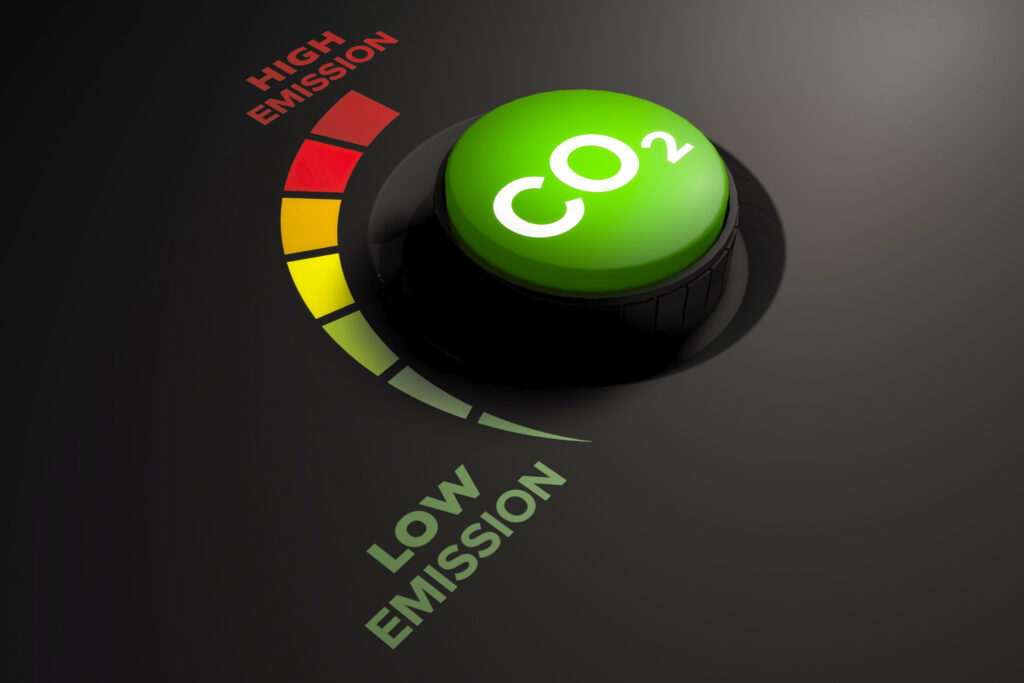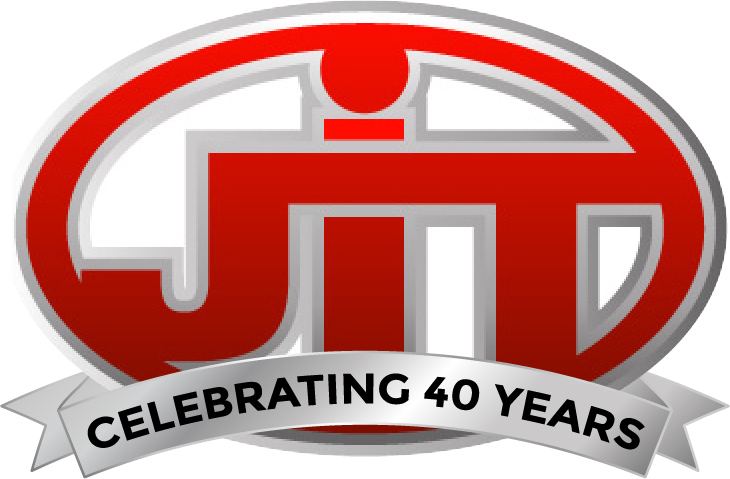Warehouse Safety: Watch Out for Harmful Emissions

Dangerous emissions can be a serious problem in warehouses and other indoor facilities where forklifts operate. As the weather cools and turns cold in the fall and winter, there are fewer doors and windows open and less ventilation, making the problem even worse. The buildup of gases like carbon dioxide (CO2) and carbon monoxide (CO) can lead to hazardous working conditions in your warehouse and produce harmful health effects for your team.
The key to avoiding dangerous emissions and improving warehouse safety is by testing the CO and CO2 levels that your forklifts produce before working inside or reducing ventilation for the season.
Why CO2 and CO testing is crucial
Both CO2 and CO are colorless, odorless, and potentially toxic when inhaled in sufficient quantities. For CO2, OSHA defines the acceptable exposure level at 5,000 parts per million averaged over an eight-hour workday. For CO, the limit is 50 parts per million over an eight-hour workday. As concentrations of both of these gasses rise within a warehouse, exposed people can experience dizziness, headaches, confusion, impaired vision, and poor coordination. High enough exposure to either gas can be fatal.
Testing is critical for warehouse safety because both gases are produced by propane powered forklifts, and they are both unnoticeable by smell or sight. The only way to know if your forklifts are producing dangerous quantities of CO or CO2 is through analyzing their emissions.
Forklift safety: The reasons behind elevated emissions
Forklifts that operate using propane (LPG), diesel, or gasoline will all emit carbon monoxide and carbon dioxide. It’s important never to use diesel or gasoline-powered machines in enclosed areas, no matter how well the space is ventilated. When operating correctly, newer LPG forklifts are perfectly safe to operate in most warehouses with proper ventilation and emit CO and CO2 levels that are within OSHA’s acceptable ranges.
However, the age of your forklift, poorly maintained engines or fuel systems, and using lower quality fuel can all contribute to elevated levels of CO and CO2 emissions. The older the forklift is, no matter how well it is maintained, will almost certainly produce higher concentrations of these gases than newer models because they were not subject to the more stringent regulations. Putting off routine maintenance, like changing dirty air filters and using lower-quality fuel that makes your machine operate less efficiently can also both increase the level of emissions.
Regularly testing the CO2 and CO that your forklifts produce is the best way to know if your current forklift or maintenance practices are sufficient to keep emissions levels in an acceptable range.
How to reduce the danger of forklift emissions
In addition to CO2 and CO testing and sticking to a consistent maintenance schedule for your forklift, there are several other steps you can take to keep emissions levels lower.
- Install a catalytic converter– One way to improve forklift safety and warehouse safety is by installing a catalytic converter. These devices can help reduce the CO levels in raw exhaust gas to prevent its build-up in your warehouse.
- Avoid idling – If you are going to be sitting idle for more than 10-20 seconds, we recommend turning off your forklift engine. An idling forklift wastes fuel and produces emissions.
- Improve ventilation – Adding mechanical ventilation to your warehouse or other facility will help refresh the air and prevent CO and CO2 gasses from building up to harmful levels.
Consider adding electric forklifts to your lineup – Electric forklifts do not emit harmful exhaust emissions. If you are currently looking for a new or replacement forklift, consider choosing electric.
If you have any questions about forklift safety, emissions testing, or purchasing a new forklift, contact the JIT team today!
